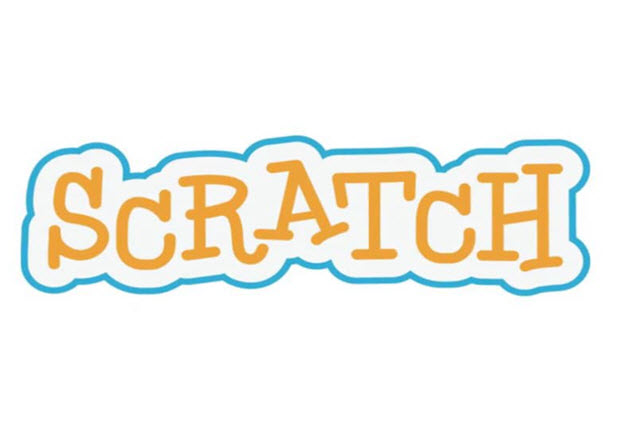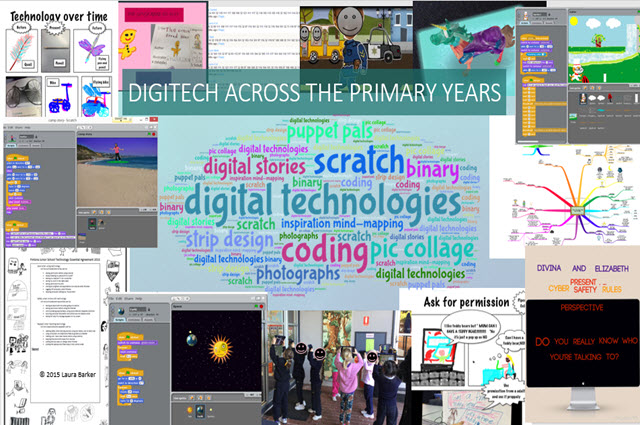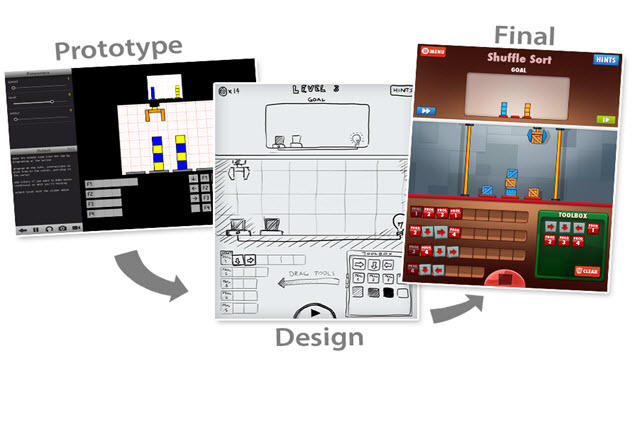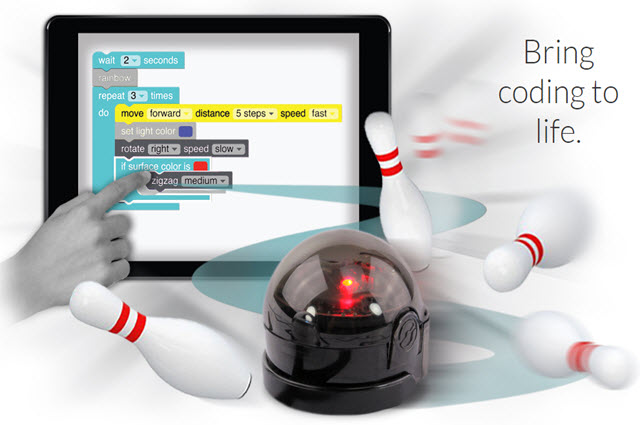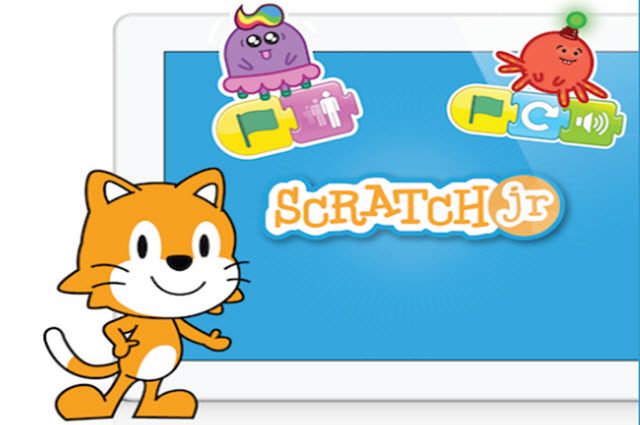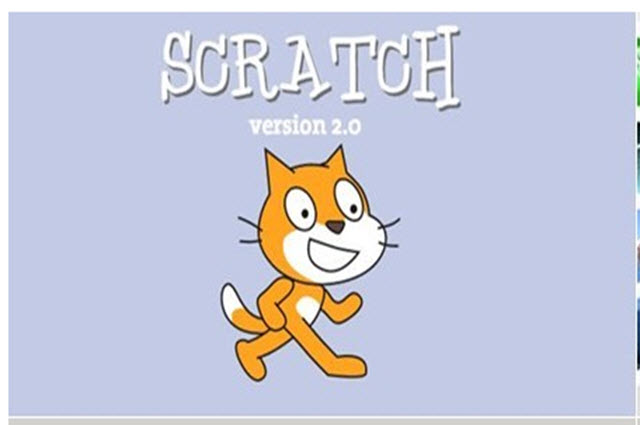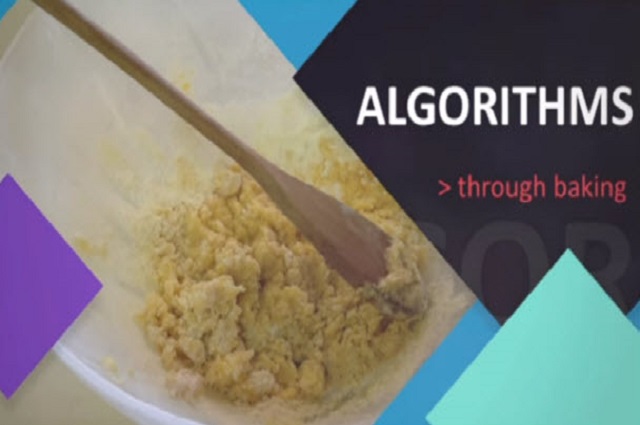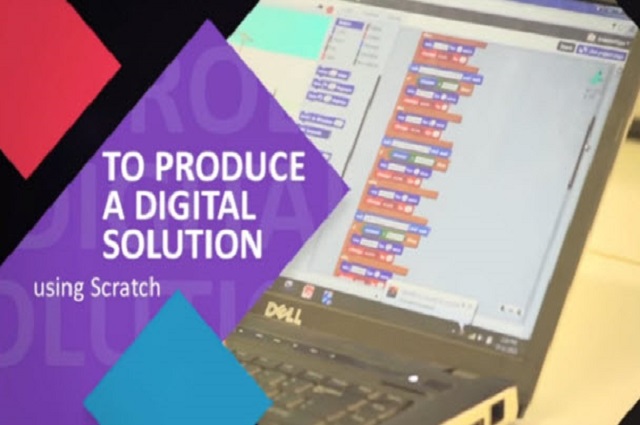Visual programming

What is it?
Programming is the process that makes it possible to create computer software, applications and websites. Currently, computers are unable to think for themselves; they require users to give them sets of ordered instructions to know what to do. This is referred to as 'code'. Most of the resources you use on the computer and internet are made with code. Programming is a core element of the Digital Technologies curriculum because it helps students develop essential skills such as problem-solving, logic and critical thinking.
Visual programming, also known as block-based programming, is the coding language prescribed in the Australian Curriculum: Digital Technologies for primary schools. This type of language allows users to create programs by manipulating elements graphically rather than writing them in text format.
Australian Curriculum definition
Visual programming
A programming language or environment where a program is represented and manipulated graphically rather than as text. A common visual metaphor represents statements and control structures as graphic blocks that can be composed to form programs, allowing programming without having to deal with textual syntax. Examples of visual programming languages include: Alice, GameMaker, Kodu, Lego Mindstorms, MIT App Inventor, Scratch (Build Your Own Blocks and Snap).
Note: A visual programming language should not be confused with programming languages for creating visualisations or programs with user interfaces, for example, Processing or Visual Basic.
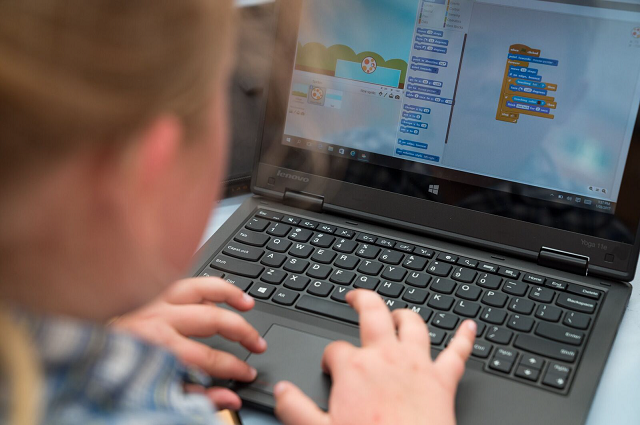
This tutorial provides step-by-step instructions and images to support the learning of this visual programming language. The tutorial is designed for educators who would like to learn how to use Scratch.
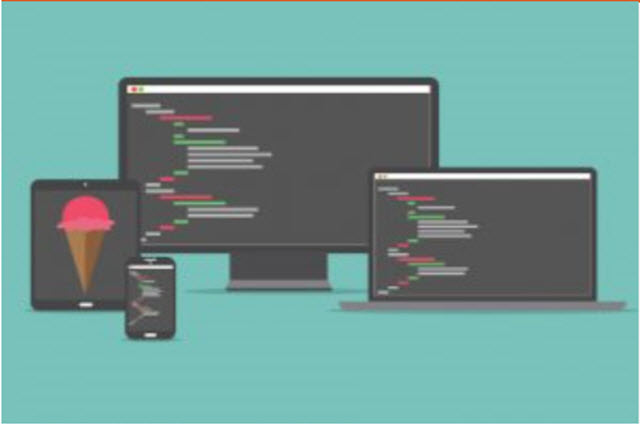
Through this website, educators explore and share resources and strategies to teach coding.
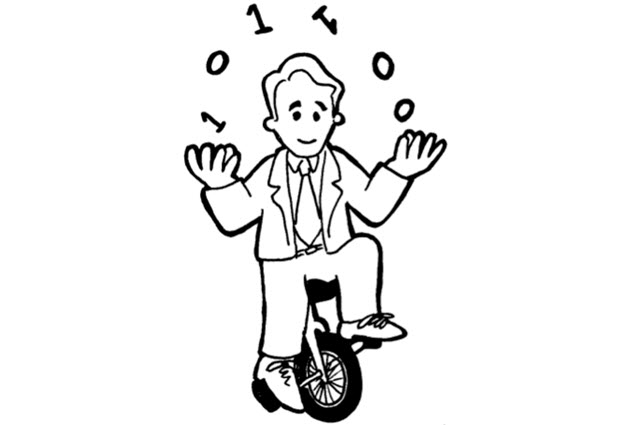
CS Unplugged: Field guide: Coding – Introduction
This is an online resource for teaching computer science to students. This section provides an introduction to coding.
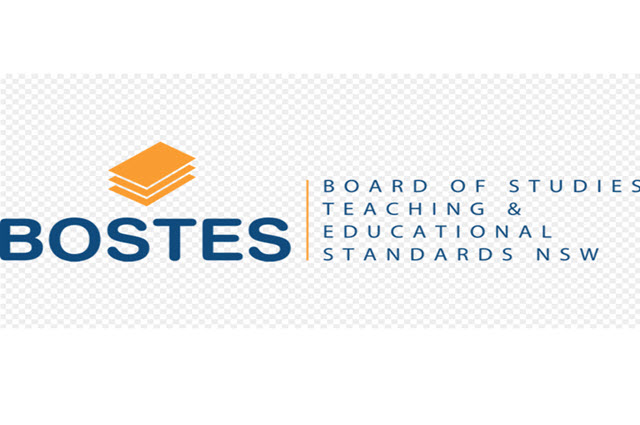
BOSTES: A guide to coding and computational thinking across the curriculum
This website includes links to useful resources, and outlines where computational thinking can be leveraged within current NSW K–8 syllabuses.
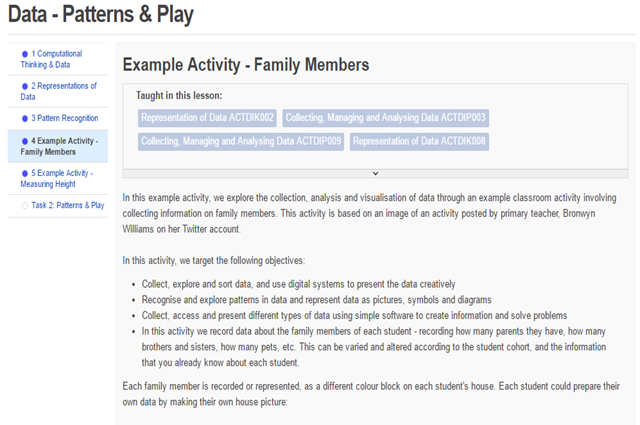
CSER Digital Technologies Education MOOC: Foundation – Year 6
This course introduces the fundamental concepts of the Australian Curriculum: Digital Technologies, starting with algorithms and data representation and moving toward an introduction to visual programming.
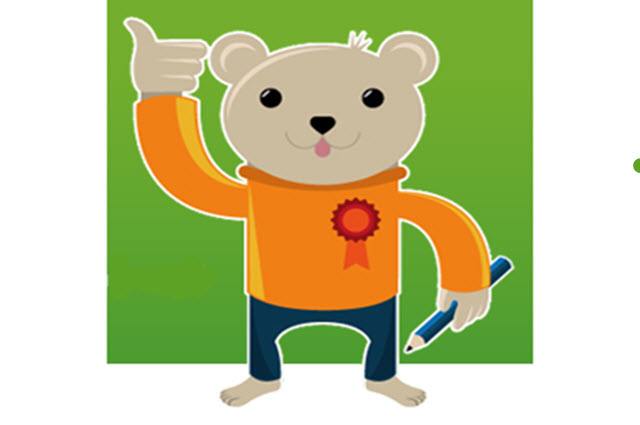
This is a broad collection of online resources to support teachers to develop and implement computational thinking, concepts and computer programming.
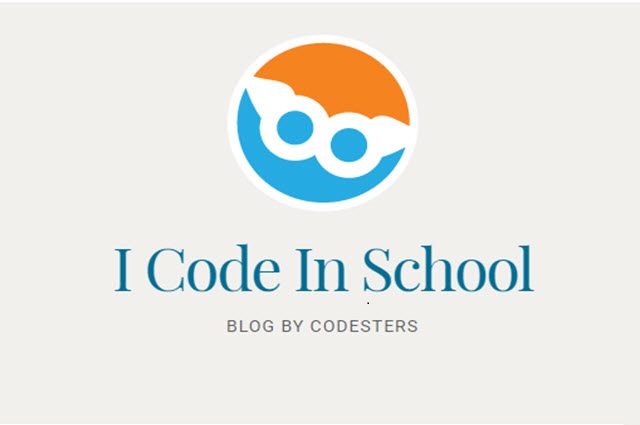
This US blog is created by Codesters. Content focuses on the rationale for teaching coding and computational thinking in schools.
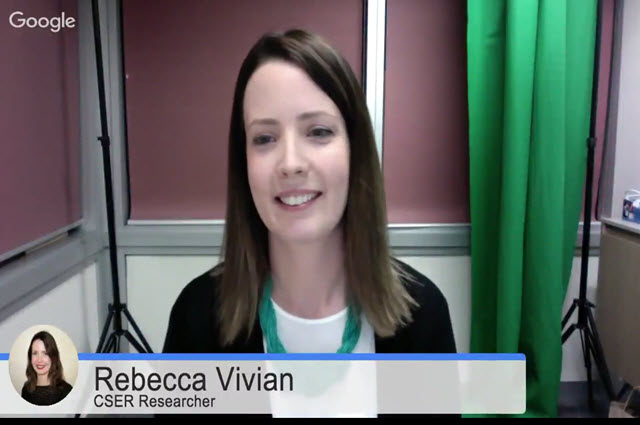
This webinar explores how Google Apps for Education resources and initiatives can be used to support the implementation of coding and computational thinking in the classroom.
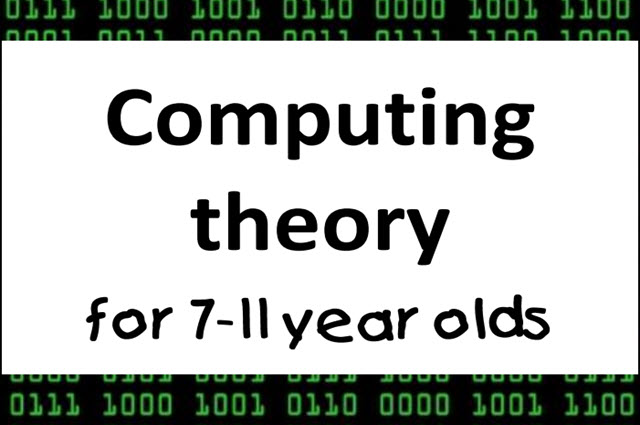
Computing theory for 7–11 year olds
This resource provides information for teachers about topics such as computer systems, algorithms, computer control, robots and computer programming. It also covers internet searches and internet safety.
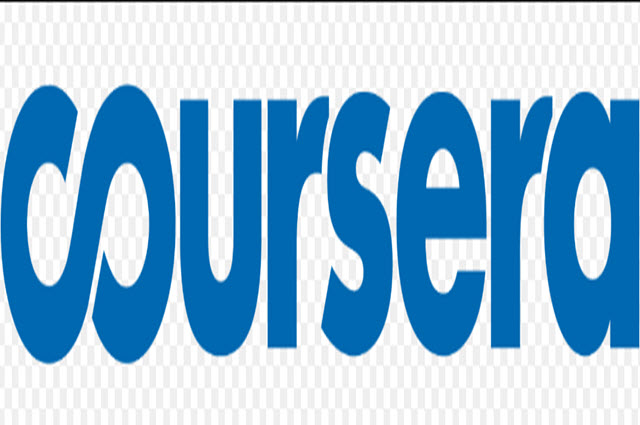
Code yourself!: An introduction
This is a beginner course for teachers interested in programming with Scratch.

A-Z Handbook on Teaching Introductory Programming
This book, viewable online using the 'look inside' feature or purchased in hard copy, provides a comprehensive guide to programming for all levels.
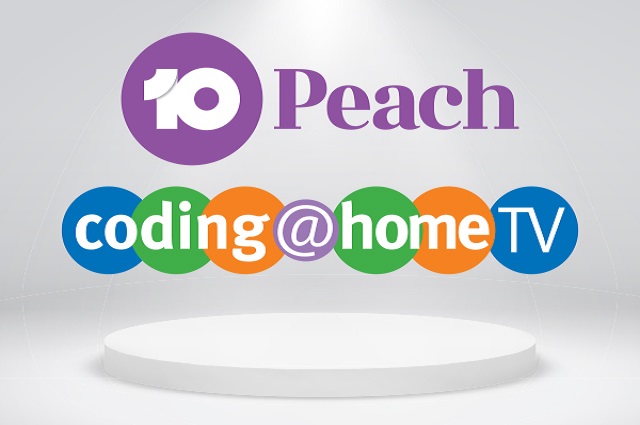
The Queensland Department of Education partnered with Channel 10 to deliver coding@home TV for primary and secondary students. Episodes enable students to engage in real-world coding problems and solutions, and connect with industry partners.
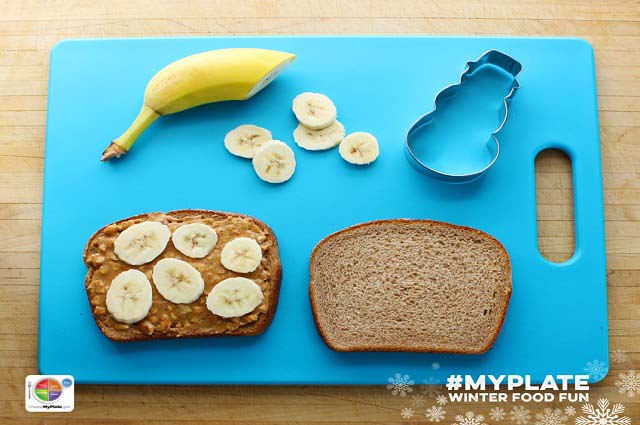
Students design a sequence of steps for others to follow. They convey their instructions to peers and evaluate the work of others to determine if the outcome was successful.

This sequence integrates science as students grow a plant from seed. They capture each step and decision as an algorithmic process and record data for future learning.
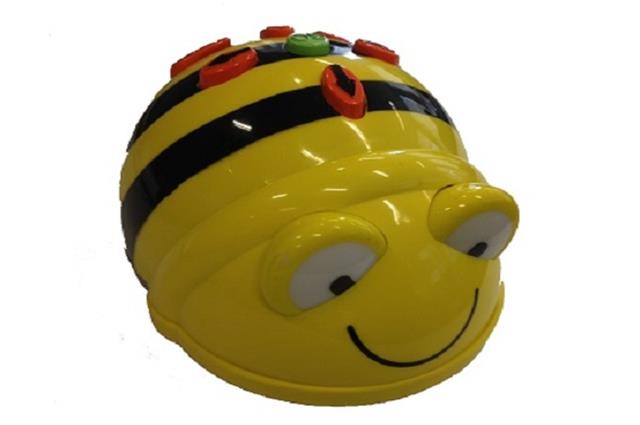
Students follow and describe a series of steps to program a floor robot. They plan a route to program a robot to follow a path and write a sequence of steps (algorithm).
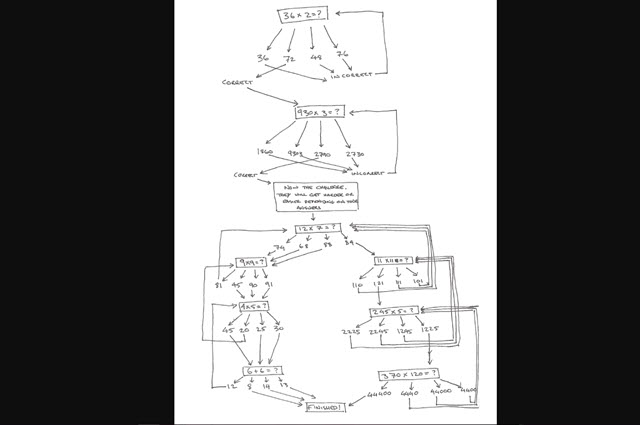
Making maths quizzes 1: Plan and test our programs
In this sequence students plan, create and edit a program that will ask maths questions that are harder or easier depending on user performance.
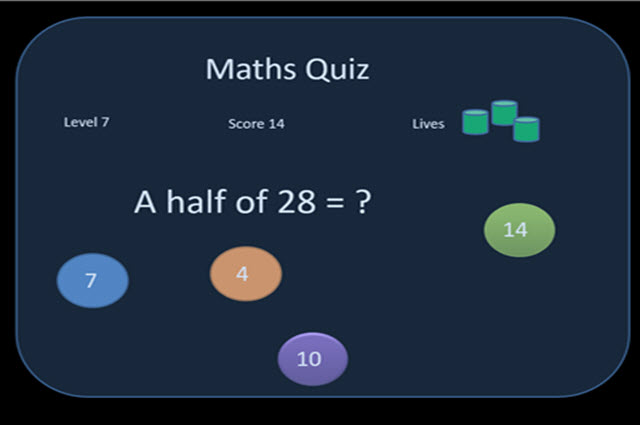
Making maths quizzes 2: Implementing a digital solution
In this sequence students implement a digital solution for a maths quiz. They test and assess how well it works.
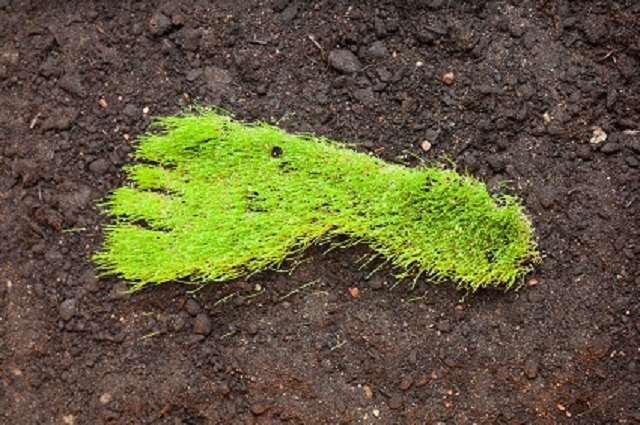
Students make a paper prototype of an eco-calculator to demonstrate human impact on the environment and suggest changes in behaviour. This is an unplugged learning sequence with opportunities to extend learning through the development of a Scratch quiz.

Create a language-learning program.
Create a computer program to learn a traditional Aboriginal or Torres Strait Islander language.
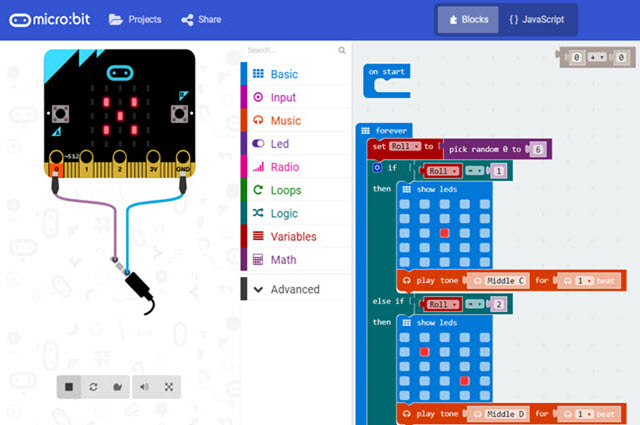
Micro:bit: Start Coding with the JavaScript Blocks Editor
A range of resources to get you started with the micro:bit, a tiny programmable computer.
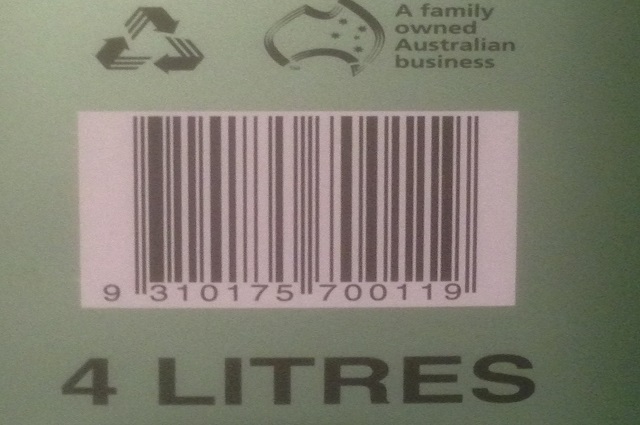
This sequence of lessons explores how to incorporate user input, decision-making and loops in programming using the context of a shopping experience, particularly the checkout. It combines data in the form of a barcode and programming choices.
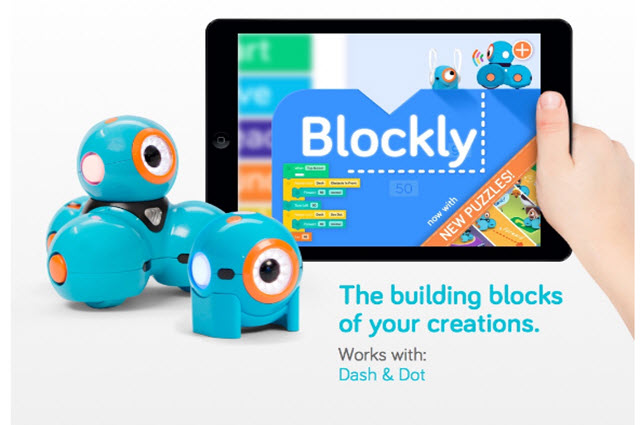
This is a series of self-paced interactive games that progressively introduce programming concepts and challenge students to apply these to solve problems.
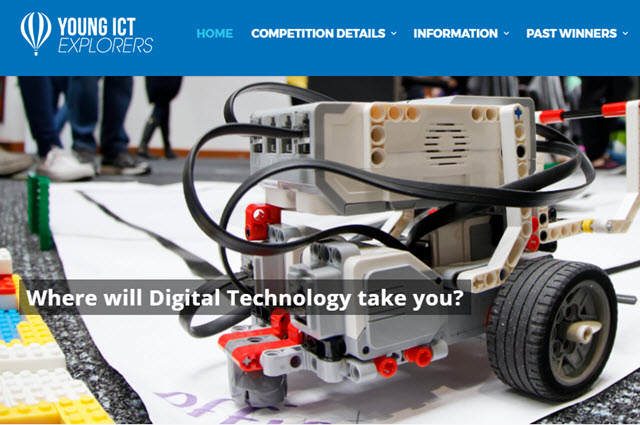
Code Monster is an interactive JavaScript editor and tutorial for students to learn basic coding concepts.
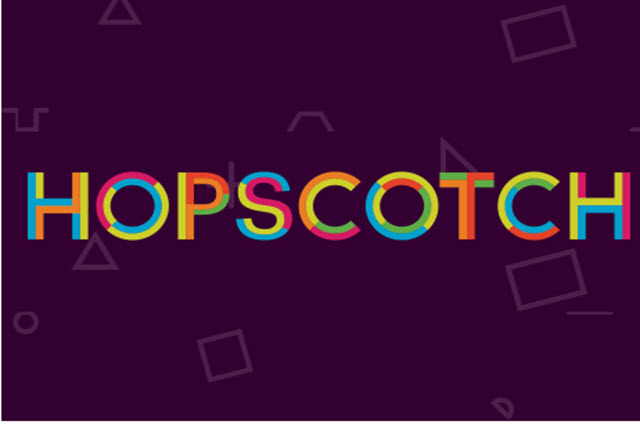
Hopscotch is an app for iOS devices that allows students to create their own applications using a visual block-based programming environment.
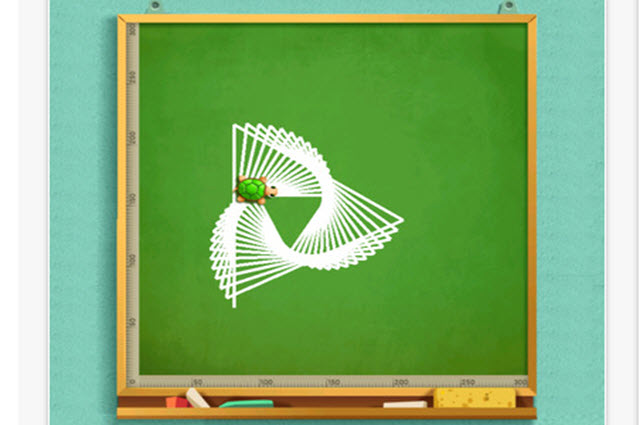
Move the Turtle is a purchasable app for iOS devices designed to teach primary students the basic concepts of programming.
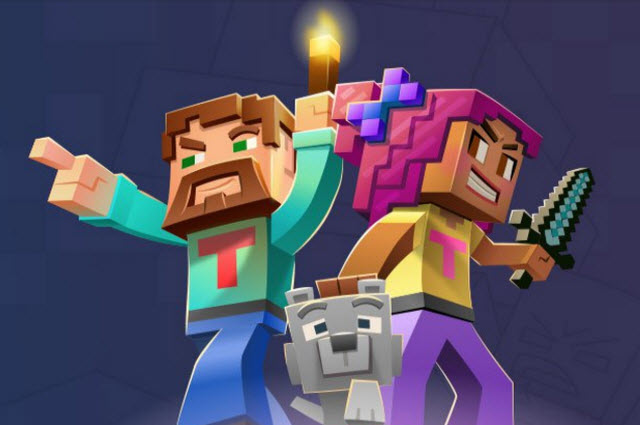
Tynker is an online platform designed to teach students how to code using games and stories. Students can learn the fundamentals of programming and design using Tynker's in-built visual programming language.
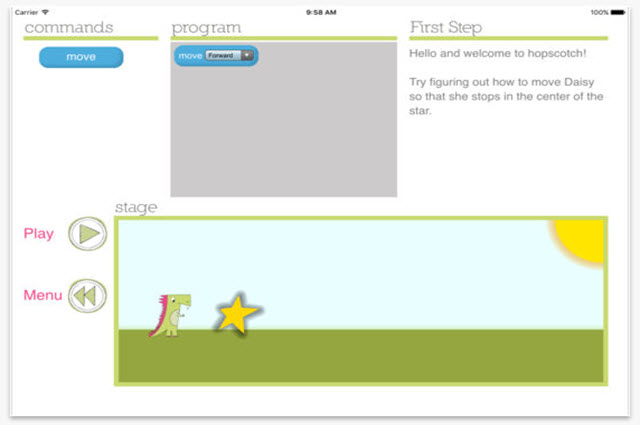
This free iPad app features a dinosaur that can be programmed to complete a series of simple tasks, including instructions to produce a desired outcome.
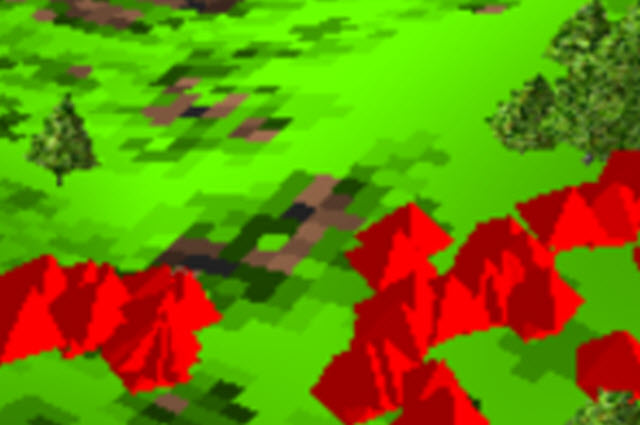
Students create 3D games and simulations with StarLogo. They can use the tutorials to get started.

Students build Android apps. There are step-by-step instructions to help them build their first app.
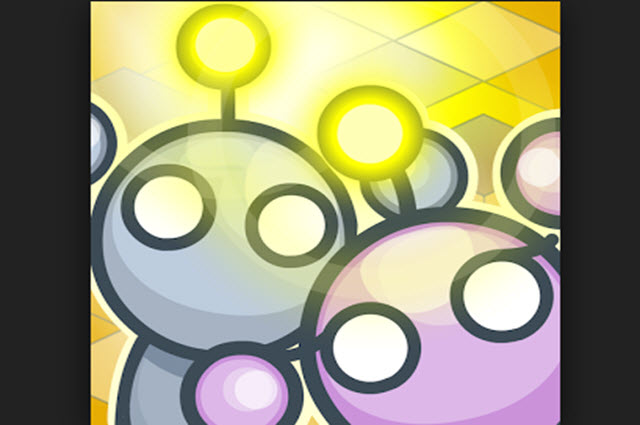
This programming puzzle app is available for use on multiple devices. It teaches students coding concepts as they guide a robot to solve problems and light up tiles.
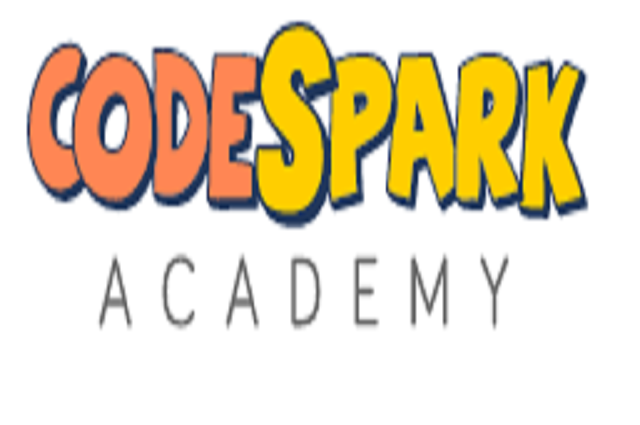
Start learning to code with any of 3 activities. Perfect for beginners with no coding experience and intermediate coders.
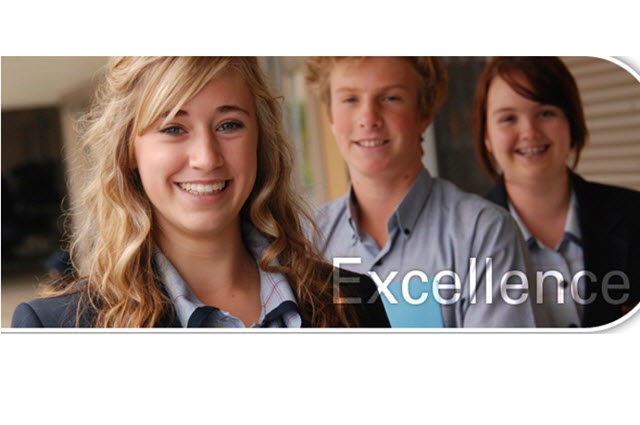
Association of Independent Schools of South Australia (AISSA)
AISSA Humanoid Robot Research Project
Thomas and Pink are two humanoid robots that are making programming and robotics exciting and intellectually stimulating learning frontiers for students in Independent schools in South Australia.
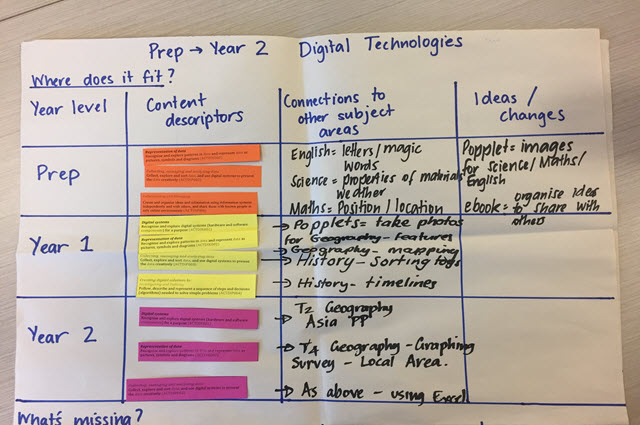
Professional Development makes a difference
With an intentional focus on the new Digital Technologies curriculum and commitment to ongoing professional learning, St Finbarr’s School in Ashgrove, Queensland, is seeing positive changes. Emily Olsen is the eLearning Coordinator at the school. Here, she describes the key elements that led to change in her school.
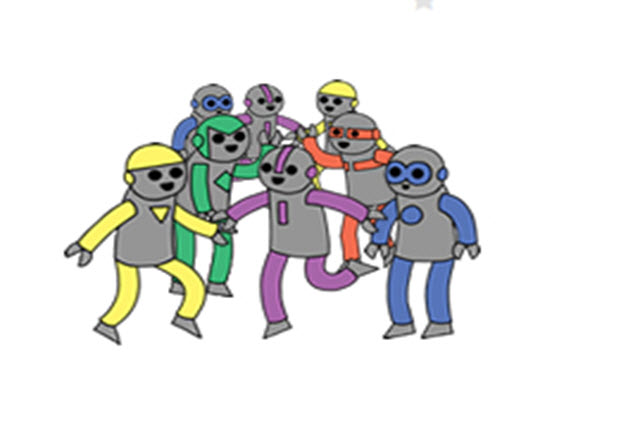
This is a world-record attempt to get the most number of children coding at once – and on the night of a full moon!

In this competition students develop a technology project of their choice and then present it to a panel of judges. Projects are submitted in two categories: years 3–6 and years 7–12.
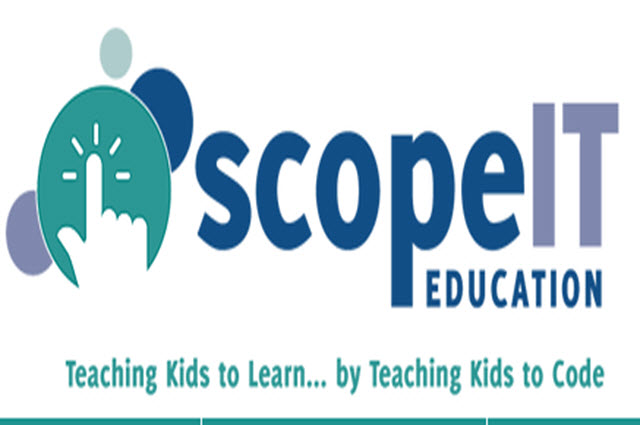
Scope IT offers three different courses: Creative Coding, Bits and Bytes, and Digital Lifestyle.
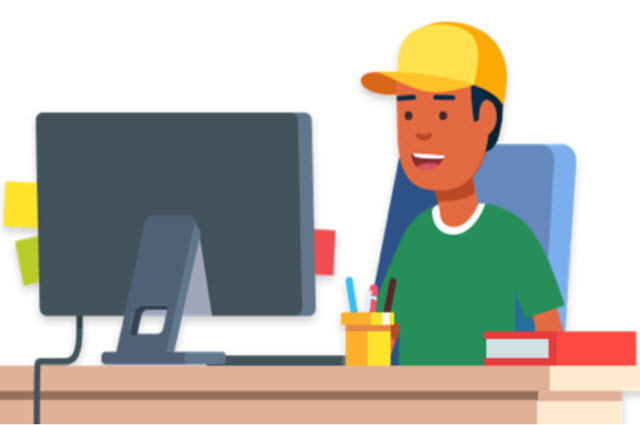
These resources support the Hour of Code, a global movement supporting and inspiring students to code.
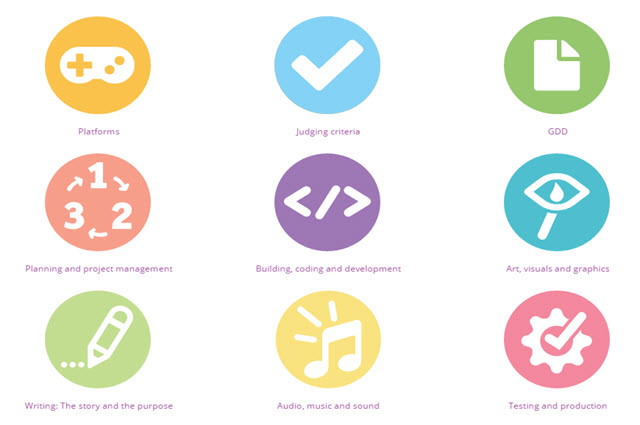
Students learn about STEM by entering the challenge to design and build their own video game.
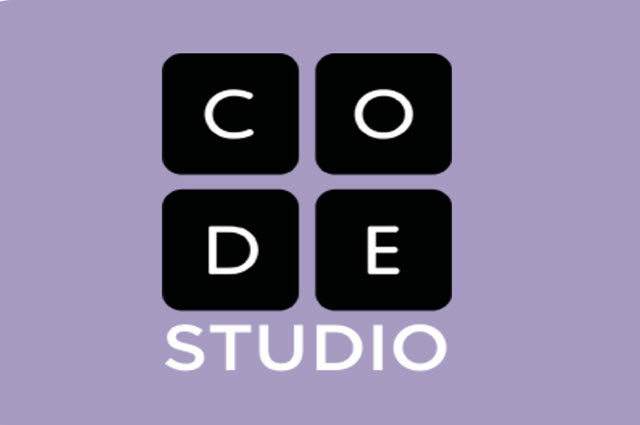
This is a broad and comprehensive collection of online courses and materials to teach coding and computer programming fundamentals to students of all ages.
